What’s in your livestock shed: A look at an £825k sheep shed
The new £825,000 sheep house at CAFRE Greenmount’s Hill Farm at Glenwherry, Co Antrim, has been two years in the making, but finally the new 72m x 26m shed is finished in time to house 726 ewes this winter.
The new premises will give farmers and students access to innovative technologies and enable them to learn about the very latest sheep rearing and management techniques.
See also: What’s in your livestock shed- ewe’s, robots and clever inventions
How is it designed?
It’s a single span building with the shed eaves four metres high with an 18deg pitch roof.
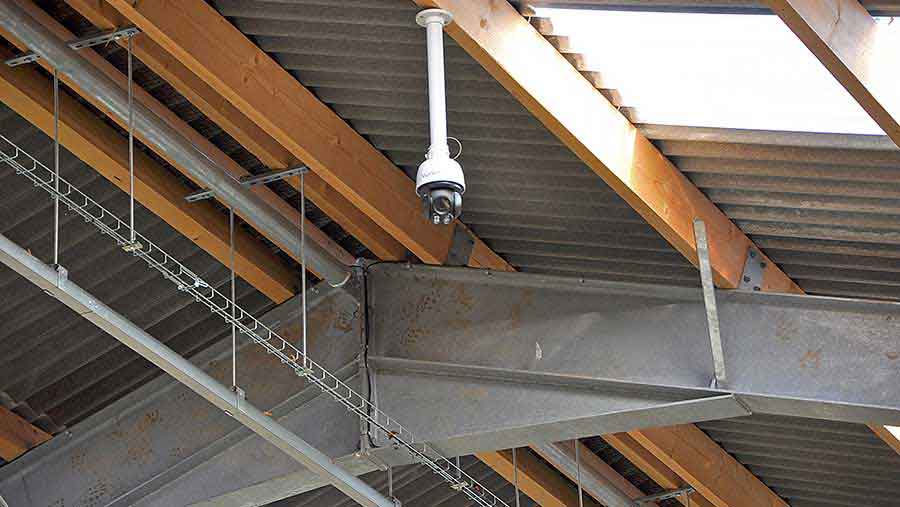
© Chris McCulloch
Three high definition cameras with zoom lens are fitted along the main roof and a fourth one is placed over the lambing area.
Each camera is linked to a central monitor located in a small kitchen in the shed, which is used for mixing lamb milk.
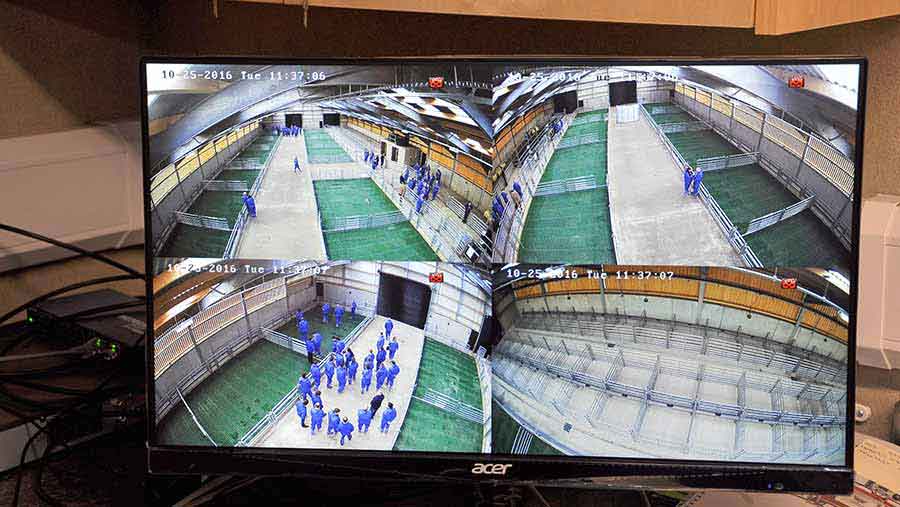
© Chris McCulloch
The internal layout of 1,800sq m consists of a total of 17 slatted sheep pens floored using a suspended proprietary system to allow slurry to be collected in four below ground tanks.
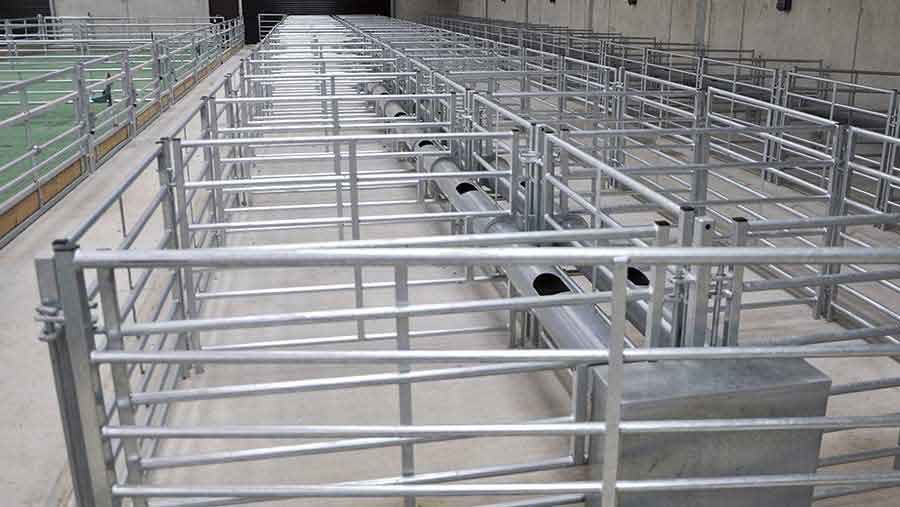
© Chris McCulloch
Sheep will be housed in 15 8m x 6m pens which hold 44 ewes each and a further two pens at 6m x 6m, which hold 33 ewes each. This allows a natural space per ewe of 1.1sq m.
There is a 5m wide central feed passage through the building, accessed from either end via a roller shutter in the gable. Separate to the main pens there are also 66 individual lambing pens and a sheep handling unit.
The slurry tanks are 1.2m deep with one extending to 1.8m deep due to the fall in the land. Mixing points are positioned outside the shed for safety reasons.
There are approximately 960cu m of slurry storage in the shed, which accounts for two years’ total slurry capacity for the livestock numbers housed there for a few months.
Tanks are slatted with the MIK stepper slat, which has been specifically designed for sheep and goat flooring applications. The knobbed surface ensures high step safety and foot stability and it costs £35 per sq m.
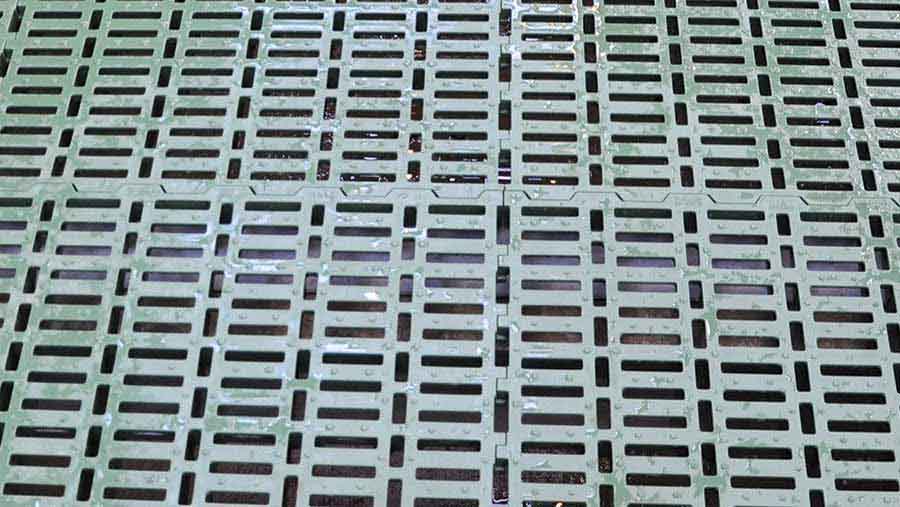
© Chris McCulloch
The fact that manure can easily pass through the slots guarantees a clean and dry surface which supports general animal health.
What have the best buys been?
The college choose the plastic slat instead of a wire mesh slat as it said the stepper slat would last twice as long with a life expectancy of about 20 years.
There are 21 new technologies built into the new house to aid with the feeding, management and lambing of the ewes, which are mainly Blackface Swaledale crosses and Texel cross-breds.
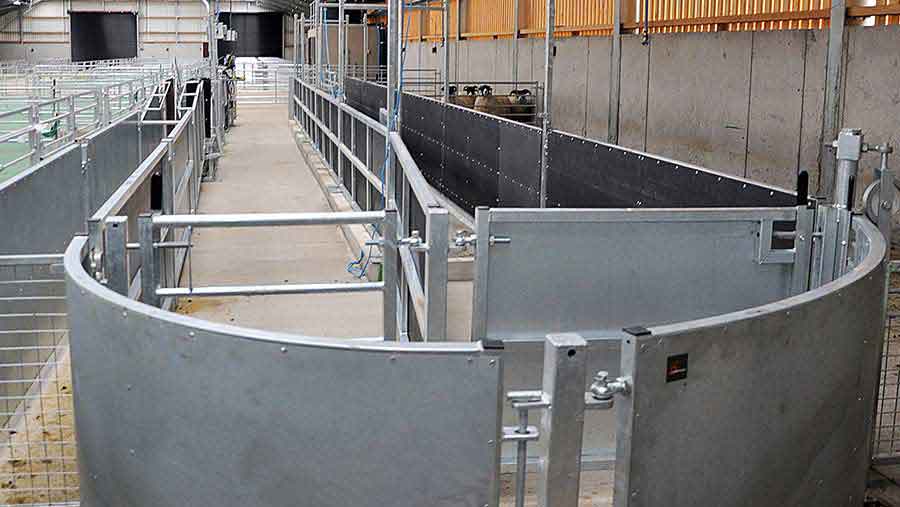
© Chris McCulloch
Among the cutting edge features of the sheep house are handling facilities, including footbaths, a curved race, handling units and equipment to identify, weigh and draft animals, enabling large numbers of animals to be handled safely and efficiently.
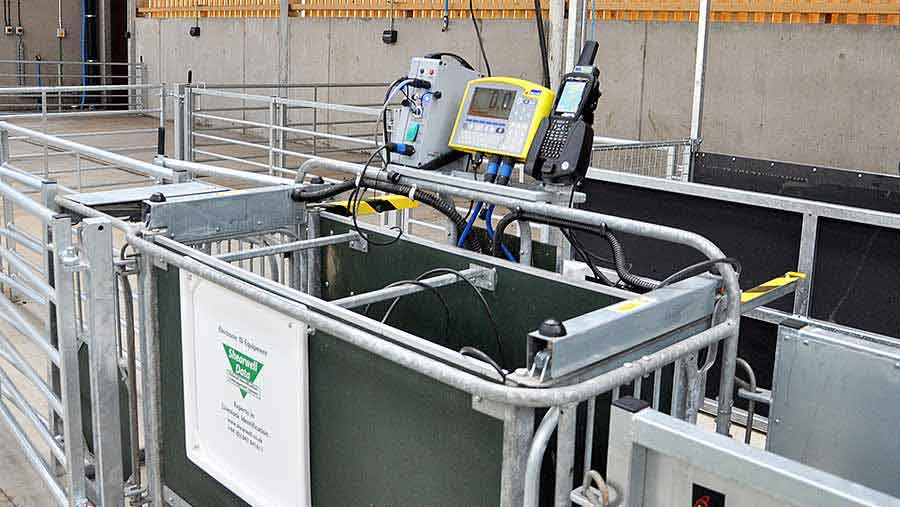
© Chris McCulloch
One of the more desirable pieces of equipment in the house is the combi-clamp, which can restrain the sheep for all management purposes including inspection and dosing.
The facilities incorporate the latest sheep EID technology and software to aid management decisions.
Also included are flooring systems to provide improved health and welfare of housed ewes and slurry management including tanks, mixing points and flush systems to provide adequate storage and safety for stock and operators.
Furthermore, the sheep house boasts environmentally sustainable rainwater harvesting technology and natural ventilation, helping to reduce overheads and minimise environmental impact.
How much has all of this cost?
The overall cost of the house comes in at £825,000 but the college stresses because this as an educational establishment it does not compare with any commercial farm building.
The main costs include: Concrete (tanks, walls, floors, etc) – £200,000; shed frame – £165,000; galvanised pens – £36,000; lighting system and cameras – £35,000; slats – £35,000; underground slat steel supports – £10,000; combi sheep clamp – £2,000; weighbridge and EID system – £3,000.
What are the reasons for the build?
The Glenwherry Hill Farm extends to 1,000ha, wrapped inside a 16-mile long perimeter, with only 40 of these hectares classed as improved grassland.
Farm facts
- 1,000ha
- 1,100 ewes plus 100 suckler cows
- Shed holds 726 ewes
- Mainly Blackface Swaledale crosses and some Texel crossbreds
- Shed dimensions 72m x 26m
- Housing period mid December to April
- Replaces three older houses spread out on farmyard that held 300 ewes in total
A total of 1,100 ewes are based at the hill farm together with a 100-cow suckler cow herd grazing up to a height of 1,000ft above sea level.
The inclement winter weather on the hill can be quite challenging so the majority of the sheep have traditionally been brought down to the farmyard for lambing.
However, as the years have rolled on, the sheep housing at the farm has become very outdated and very labour intensive.
Moreover, three separate houses on different areas of the farm were used to accommodate the sheep, which made it more difficult for the staff and students who were on lambing duties to keep an eye on them all.
“The old houses had a capacity for 300 ewes and were over 30 years old,” said CAFRE farms director Neville Graham.
“During the heavy snowfall in March 2013, the flock suffered substantial losses as some of them were being out-wintered due to a lack of room.
“The sheep industry in Northern Ireland is worth £63m and employs 15% of farm workers.
“This is the only government owned hill farm in Ireland and is a centre of education for students and farmers alike.
“It is also with that in mind that we have built this sheep house with all the latest technology. As it is an educational facility we wanted to show the top end of new innovations available for such a house. It cannot be compared, therefore, with a commercial sheep house.”
The new shed was located on the most level field as close to the main farmyard as possible and it is central to the laneways leading down from the hills.
How will the building be used when sheep aren’t housed?
The house will act as accommodation for the sheep in the winter months from around mid-December, but will revert to a handling facility during the other times of the year.
Each pen is made with gates that have a special bar that drops into brackets lower down on the gates. This will prevent the sheep entering the pens when the shed is being used as a handling facility.
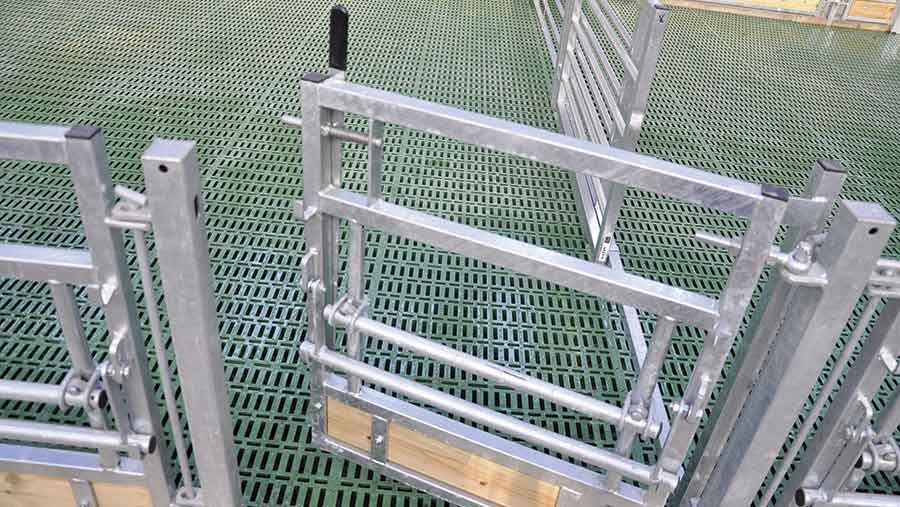
© Chris McCulloch
In one corner there is a sheep race which leads on to a sheep clamping unit and an EID reader and weighbridge.
All drinkers in the pens are on the one water circuit and are of a new shallow design, which only allows a small volume to remain in the bowl. This ensures the water stays fresher for the sheep.
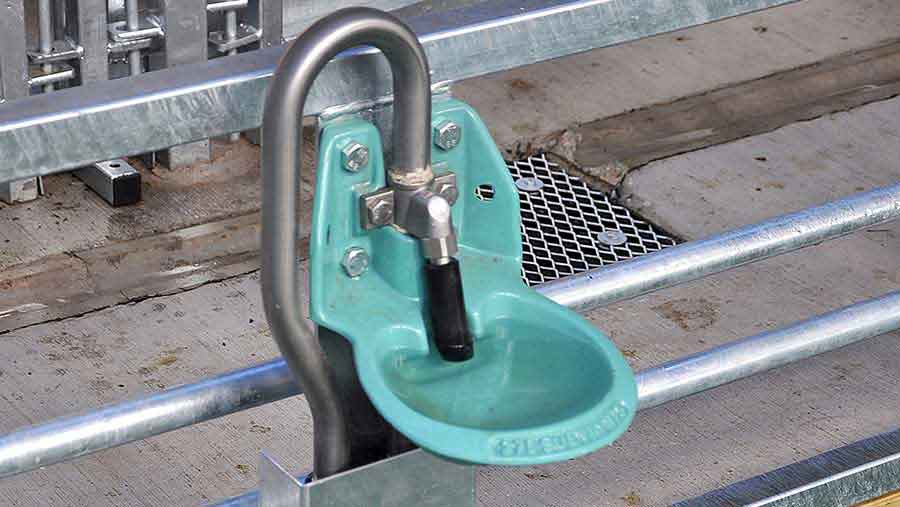
© Chris McCulloch
Rain harvesting system
The entire shed can be cleaned with a volume wash system using water from the rain harvesting system, which has the potential to collect 23cu m of rain a week.
College director Martin McKendry said the new sheep facilities and the education, training and knowledge and technology transfer benefits they will deliver, will help underpin the future of sustainable sheep farming in Northern Ireland.
He said: “The international marketplace is becoming ever more competitive and it is vital, therefore, that we are positioned to equip our students and farmers with the knowledge and skills they need to develop and manage sustainable and successful farm businesses.
“This new facility will enable us to deliver the very best sheep management training to thousands of young people for many years to come.”
